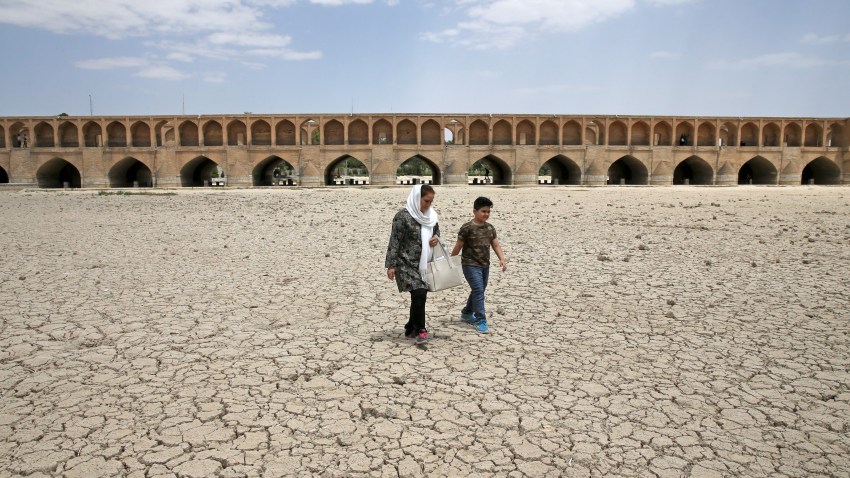The recent agreement between Iran and Saudi Arabia to reestablish diplomatic ties and reopen their respective embassies has raised both hope and alarm among Western observers of the Middle East. Hope, because reduced animosity between the two rivals could help ease sectarian tensions and lead to a resolution of the Middle East’s most pressing security challenges. Alarm, because the agreement, which was mediated by China and announced last month at a signing ceremony in Beijing, was seen as having provided a boost to China’s diplomatic influence in a region long regarded as a U.S. sphere of influence.
Because of their clear alignment with Riyadh and Iran’s other adversaries, the U.S. and Europe are poorly positioned compared to China to engage in similar diplomacy to bridge the region’s security divides. But there is one field in which they could participate in a diplomatic initiative that would both reassert their relevance and address a key issue that is in desperate need of attention: the threat of climate change to the Middle East.
The Middle East and North Africa region is particularly vulnerable to the effects of global warming, especially as it pertains to water supply. While it is home to 6 percent of the world’s population, it contains only 2 percent of the world’s renewable fresh water. Water scarcity in the Arabian peninsula has been a sobering reality for some time, with some countries better equipped to manage it than others. Countries like Syria, Iran and Iraq are now experiencing significant increases in aridification that is disrupting living conditions and threatening economies.

